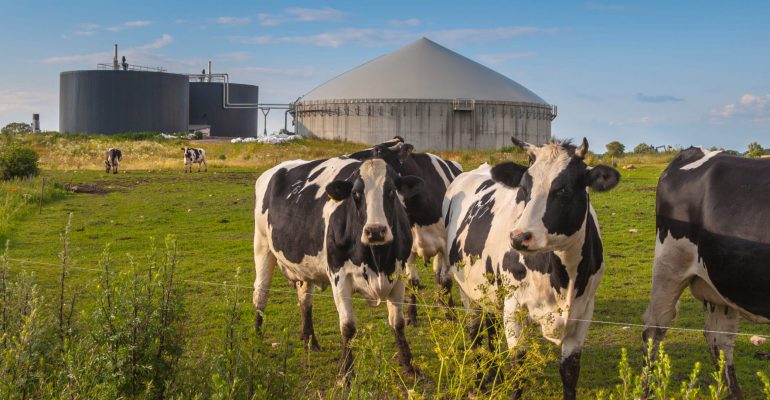Bioenergy: Harnessing Nature’s Power for a Sustainable Future
March 20, 2024 2024-03-20 10:54Bioenergy: Harnessing Nature’s Power for a Sustainable Future

Bioenergy: Harnessing Nature’s Power for a Sustainable Future
In the quest for sustainable energy solutions, bioenergy emerges as a pivotal player in the global transition towards renewable energy sources. Derived from organic materials, bioenergy represents a renewable energy source that can significantly reduce our dependency on fossil fuels, decrease greenhouse gas emissions, and contribute to a more sustainable and resilient energy system. This article delves into the essence of bioenergy, its various forms, benefits, and the challenges it faces in the broader context of global energy needs.
What is Bioenergy?
Bioenergy is energy produced from biological sources, including plants, agricultural and forestry residues, organic waste from industries and households, and even algae. These biological materials, known as biomass, can be converted into various forms of energy, such as electricity, heat, and biofuels, through processes like combustion, anaerobic digestion, and fermentation. Bioenergy’s versatility allows it to be integrated into existing energy systems, providing a renewable alternative to conventional fossil fuels.
The Spectrum of Bioenergy Applications
Bioenergy applications range from traditional uses, such as burning wood for heat, to advanced biofuels that power vehicles and industrial processes. Bioelectricity generation involves burning biomass or using biogas from anaerobic digestion to power turbines. Biofuels, including ethanol and biodiesel, are produced through the fermentation of sugars or the conversion of fats and oils, offering a renewable alternative for transportation fuels. Additionally, bioheat applications utilize biomass for direct heating in residential and commercial settings.
Advantages of Bioenergy
The benefits of bioenergy are manifold. As a renewable energy source, it plays a crucial role in reducing greenhouse gas emissions, especially when sourced from waste materials or sustainably managed biomass. Bioenergy can also enhance energy security by diversifying energy sources and reducing dependency on imported fossil fuels. Moreover, the development of bioenergy industries can stimulate rural economies, creating jobs in agriculture, manufacturing, and energy sectors.
Challenges and Considerations
Despite its potential, bioenergy faces several challenges. Sustainability is a primary concern, as the production of biomass must not compromise food security, biodiversity, or lead to deforestation. Lifecycle assessments are critical to ensuring that bioenergy systems indeed offer environmental benefits over their fossil fuel counterparts. Technological advancements and supportive policies are essential to overcome these challenges and scale up bioenergy’s contribution to global energy needs.
The Path Forward
As the world seeks to reduce its carbon footprint and transition to renewable energy, bioenergy stands out as a key solution with the potential to address multiple environmental and social challenges. The sustainable development of bioenergy resources, coupled with advancements in technology and policy support, can pave the way for a cleaner, greener, and more sustainable energy future.
Conclusion
Bioenergy offers a promising pathway towards achieving renewable energy goals, provided its deployment is managed sustainably and responsibly. As we continue to explore and expand the use of bioenergy, it will undoubtedly play a significant role in the global energy transition, contributing to a sustainable and resilient energy system for future generations.
Related Posts
Popular Tags



















